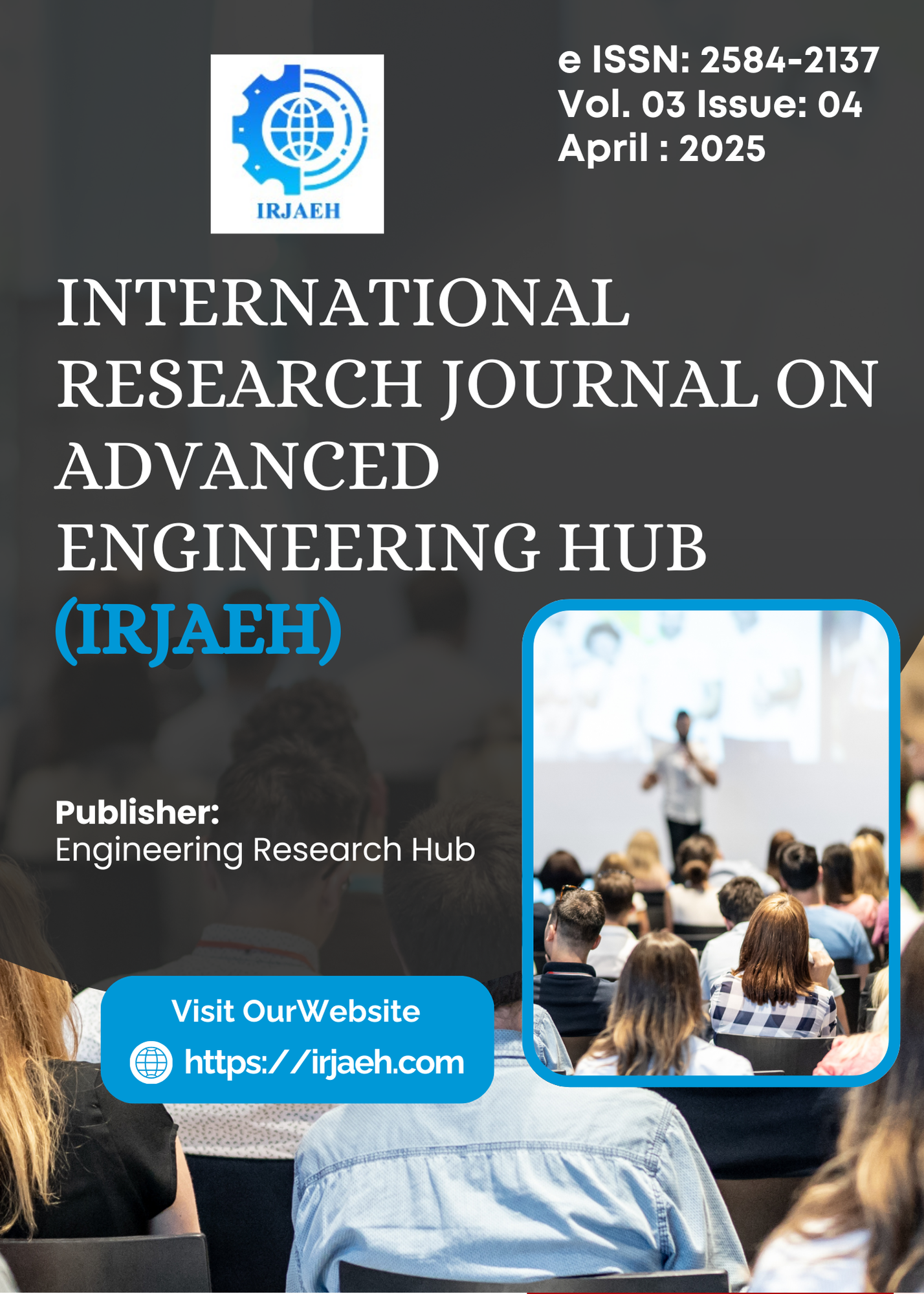Advanced Electro-Muscular Bionic ARM
DOI:
https://doi.org/10.47392/IRJAEH.2025.0262Keywords:
Servers, kinematic hands, Electromyography (EMG) signalsAbstract
The human hand is an intricate system, with numerous degrees of freedom (DoFs), embedded sensors, actuators, tendons, and a complex hierarchical control mechanism. Despite this complexity, the effort required for a person to perform various movements is minimal. In contrast, prosthetic hands are mere imitations of the natural hand, offering significantly reduced grasping capabilities and lacking sensory feedback to the user. Several attempts have been made to develop multifunctional prosthetic devices controlled by electromyography (EMG) signals, harness (kinematic hands), dimensional changes in residual muscles, and more. However, none of these methods allow for the “natural” control of more than two DoFs. This paper reviews traditional methods for controlling artificial hands using EMG signals in both clinical and research contexts. It also discusses potential future advancements in the control strategies for these devices. This paper introduces an innovative approach to controlling multifunctional prostheses based on the classification of myoelectric patterns. It is shown that the myoelectric signal exhibits a deterministic structure during the initial phase of muscle contraction. Features are extracted from several time segments of the myoelectric signal to preserve the pattern structure. These features are then classified using an artificial neural network. The proposed control signals are derived from natural muscle contraction patterns, which can be reliably produced with minimal subject training. The new control scheme enhances the number of functions that can be controlled by a single myoelectric signal channel without increasing the effort required by the amputee. Results supporting this approach are presented.
Downloads
Downloads
Published
Issue
Section
License
Copyright (c) 2025 International Research Journal on Advanced Engineering Hub (IRJAEH)

This work is licensed under a Creative Commons Attribution-NonCommercial 4.0 International License.

 .
. 